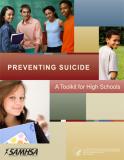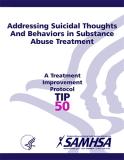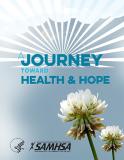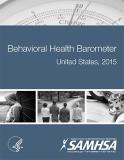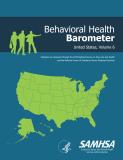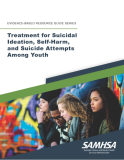
The goal of this guide is to provide interventions to treat for suicidal ideation, self-harm, and suicide attempts among youth. It provides research on implementation and examples of the ways that these recommendations can be implemented.
Units per Product
Download
Treatment for Suicidal Ideation, Self-harm, and Suicide Attempts Among Youth
File Type: PDF
File Size: 22.36 MB


